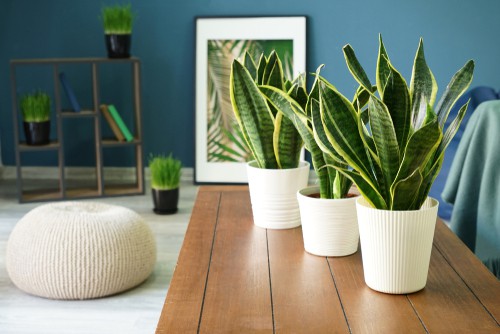The Dracaena trifasciata, or snake plant, is one of the best options for indoor plants because of its long, thin leaves with fascinating patterns. However, if you want to grow something that appears similar but is not a snake plant, you also have a variety of options.
For example, some of the most common plants similar to snake plants include the Silver Vase, the Mauritius Hemp, the Pickle Plant, the Flaming Sword, and the Zebra Plant.
Continue reading to learn more about the top 10 plants that appear similar to snake plants, including the Century Plant, Cornstalk Dracaena, Moses in the Cradle, Ox Tongue, Spineless Yucca, and more. These plants are great alternatives to snake plants, offering a variety of textures and colors to your indoor space.
What Are Snake Plants?
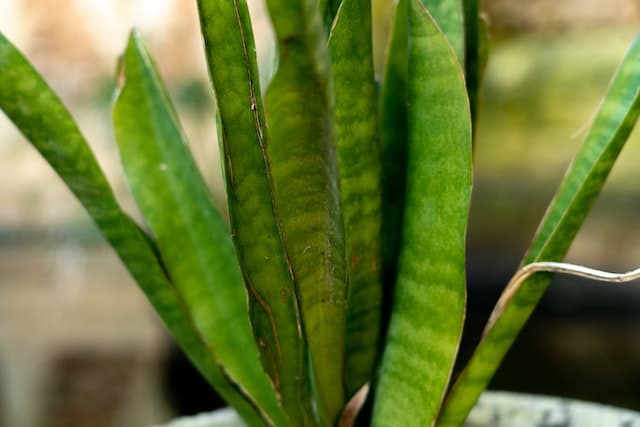
The snake plant is a hardy, carefree houseplant that, with its tall, sword-like leaves, and distinctive variegation, makes a striking, architectural statement in your house.
The snake plant is also considered the perfect plant for novices or those looking for an easy-to-grow houseplant because it tolerates the majority of growth conditions.
For example, the snake plant can tolerate a variety of lighting situations, making it hard to kill. This means that while it loves strong indirect light, it may also survive and grow in a darker environment.
These plants can also tolerate some direct sunshine as well, but take note that they can and will scorch in the blazing summer heat when placed in a southern window.
What Do Snake Plants Look Like?
The wavy stripe pattern on a snake plant’s leaves gave rise to its common name. At the end of the day, this plant is considered a perennial evergreen plant with a height range of eight inches to twelve feet. They’re also known to grow two-foot-long sword-like leaves which have pointed tips.
Overall, the dark green foliage of this plant is rigid, wide, and erect, and it is striped with white and yellow. They are also renowned for their capacity to endure even the most unfavorable growth environments. They are also recognized for their abilities to clean the air we breathe as well.
What Are the Top 10 Plants Similar to Snake Plants
More look a like plants:
1. Silver Vase Plant
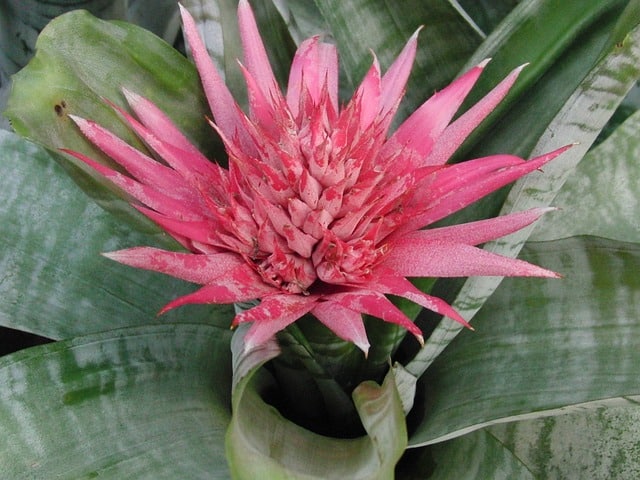
The Silver Vase Plant is a species of an indoor blooming plant, from Brazil, that belongs to the bromeliad family. This plant is also often commonly referred to as the urn plant.
Visually, this eye-catching plant grows to produce elliptic-oval-shaped leaves. Its leathery arching leaves, often appearing to look like an urn, exhibit silver and sea green spots that also mimic snake plant patterns.
When in bloom, it is also important to note that the pink flower bracts and blue blooms can make this plant more appealing.
2. Mauritius Hemp
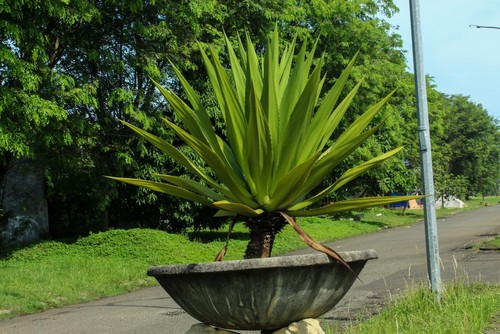
A succulent subshrub known as Mauritius Hemp has sword-shaped leaves with whole or sparsely spined edges. Due to its size, it’s essential to note that when mature, this plant may also reach heights of up to 5 feet. They are also known to be stemless or have a short stem.
The sword-shaped, light green leaves of this evergreen subshrub have sharp spine points and creamy yellow stripes in the middle, making it appear similar to a snake plant. This means that in order to encourage this snake-plant-like growth, filtered light will be beneficial.
Note that when fully grown, the length and width of a leaf on a Mauritius Hemp can reach anywhere from approximately 6 feet and 6 inches, respectively. When in bloom, flowers can also range in size from approximately 1.6 inches and have a powerful smell.
3. Pickle Plant
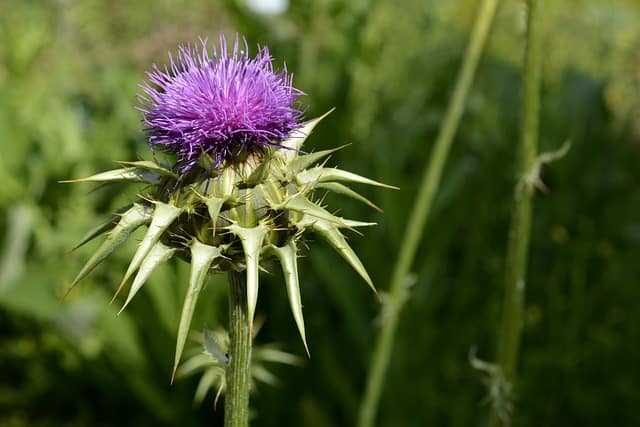
Low-growing succulents with a shrub-like look are called pickle plants. The leaves of these snake-plant-like plants, which are supported by slender, wiry stalks, can grow as tall as 18 to 20 inches.
Typically, pickle plants bloom in the spring with tiny white or yellow blooms that resemble daisies. This plant is also known to have straight, sansevieria trifasciata-like growth and produces light green.
When distinguishing this plant from other snake-like plants, look for serrated leaves that gorgeously contrast with vivid red blossoms.
4. Zebra Plant
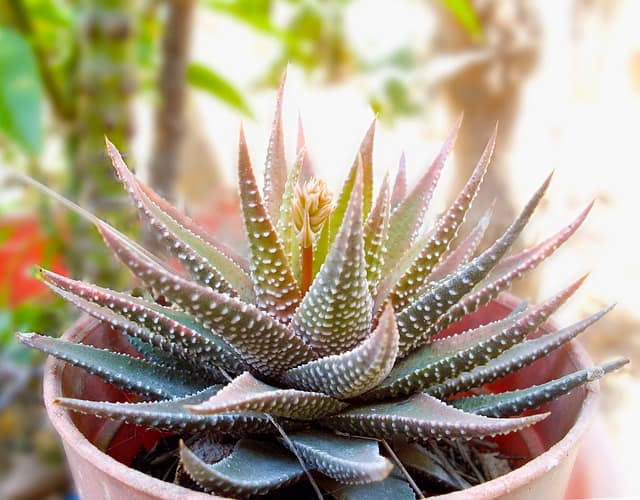
The zebra plant often grows indoors and is distinguished by its unique dark green leaves apparent with white veins. This plant also produces tall, golden bracts that can reach several inches in length, ranging from two to four per plant and can last up to six weeks when in bloom.
In terms of appearance, this rosette-forming plant has irregular white cross bands on its burgundy to deep green leaves, much like the snake plant.
When grown indoors, it is also important to take note that the zebra plant is known to grow slowly, maturing in three years to a height of a few feet. However, this does not mean that the plant is unhappy, rather it is adapting to the environment in which it is placed.
5. Flaming Sword
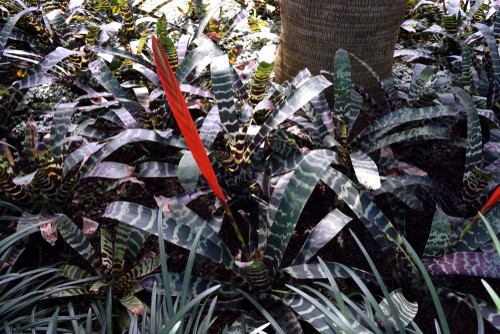
One of the most common vriesea bromeliads that are used as indoor plants is the blazing sword plant or vriesea splendens. Appearance-wise, this plant has lovely mottled leaves and a flower head that looks like a crimson sword and may reach a height of 2 feet.
This kind of bromeliad also has glossy green leaves with white bands that resemble straps.
6. Century Plant
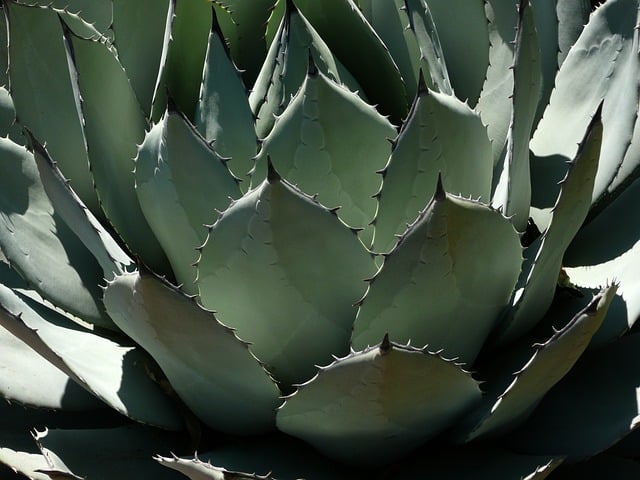
Agaves come in a wide range of sizes and colors; however, the century plant is one of the most magnificent and exceptional of the more than 200 agave species. This plant is not only drought-tolerant and gorgeous in a variety of landscapes, but it is also known to require little care.
Similar to other sansevieria cultivars, this agave also produces a basal rosette of stiff, inflexible, hard-edged green leaves, making it appear similar to a snake plant. Take note, however, that if chosen to cultivate, bright light is also considered essential.
7. Cornstalk Dracaena
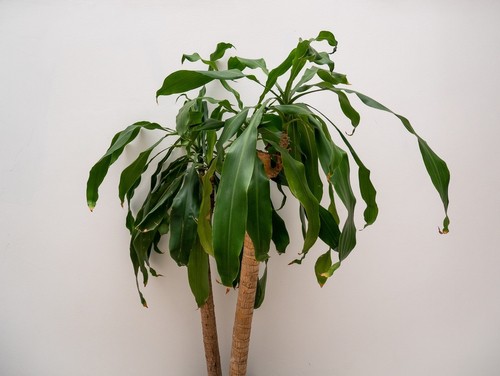
The corn plant is a perennial shrub with large leaves that grows slowly; nevertheless, in the United States, it is frequently cultivated as a houseplant. The Cornstalk Dracaena also belongs to the asparagus family and is known to resemble both a snake and corn plant due to its tall, unbranched stems.
Overall, this strong houseplant with patterned light to dark green leaves that at first glance resemble snake plants will bring tropical sensations and a splash of color to any bright indoor room.
8. Moses in the Cradle
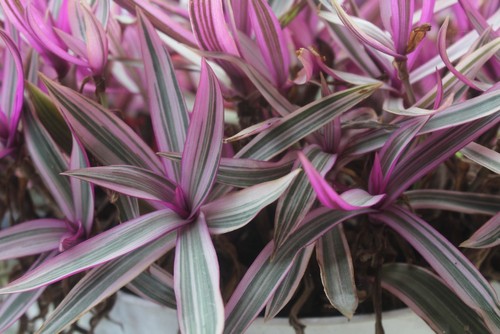
Moses in the Cradle plants grows in rosettes of long, waxy leaves with lance-shaped tips and vivid purple undersides. When looking for this plant, take note that the plant’s bottom sits just above the surface of the earth. This is also where the leaves emerge.
These tall, sword-like leaves are what makes it similar to a snake plant.
Typically, the leaf color of this plant is the most widely available in green, or a combination of green, white, and purple stripes. Fortunately, regardless of the color you choose both as an outdoor plant and as a vibrant interior plant, a Moses in the Cradle can and will grow brilliantly.
9. Ox Tongue
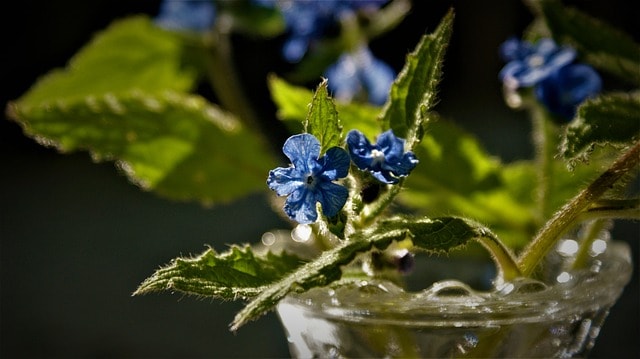
Small South African succulents called “Ox Tongues” have mushy stemless leaves that come together in a rosette. The leaves are rich in green color and have white spots all over them.
In winter and spring, the blossoms are also known to emerge on these tall stalks with hanging bicolored tubular flowers. These plants are also known to be tiny, making them ideal desk buddies.
Overall, due to the fact that these plants have slender green leaves and are small and compact in size, many consider the Ox Tongue as the perfect option if you want to cultivate anything that resembles snake plants. For example, in spaces where dry air is an issue, cultivation of these plants is easy and works wonderfully.
10. Spineless Yucca
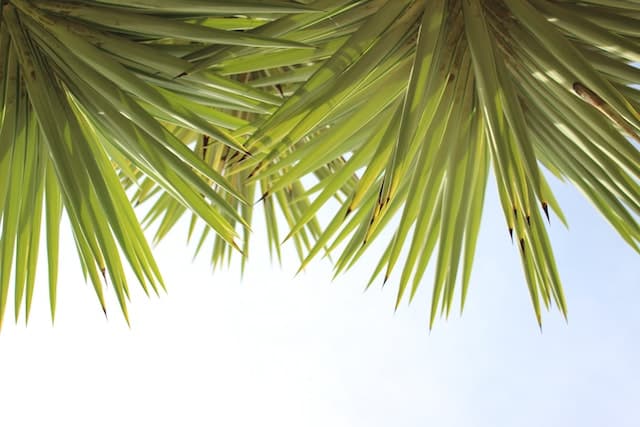
The spineless yucca is an adaptable evergreen plant that does well both indoors and outdoors. Appearance-wise, they have strong, tree-like stalks with sword-shaped leaves that are crisply edged.
The spineless yucca also thrives with little care and attention. For example, similar to a snake plant, the most important factors for your spineless yucca include a lot of sunlight and dry, well-drained soil. This means you need to ensure you don’t water this plant excessively.
Again, similar to a snake plant, the spineless yucca has slender, sword-like, blue-green leaves. This coloring also makes the Spineless yucca an excellent plant to go with contemporary furnishings.

Hey, I’m Lisa and I’ve been an avid gardener for over 30 years. I love writing, talking and living in the garden! Feel free to connect with me on my socials below

